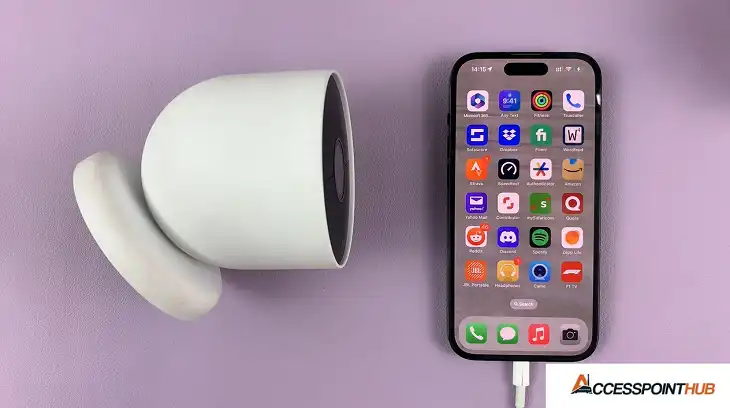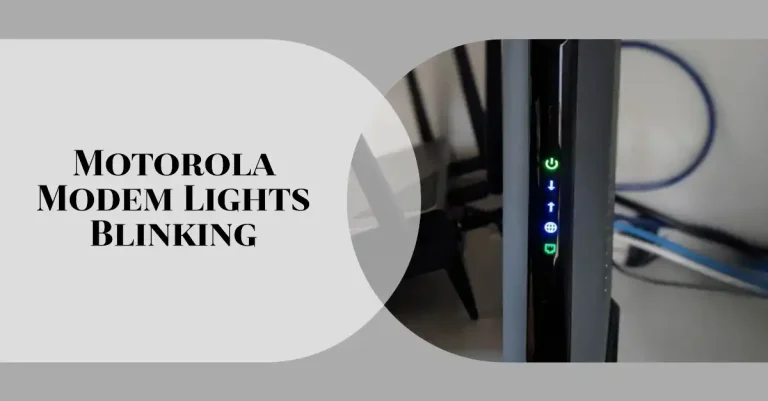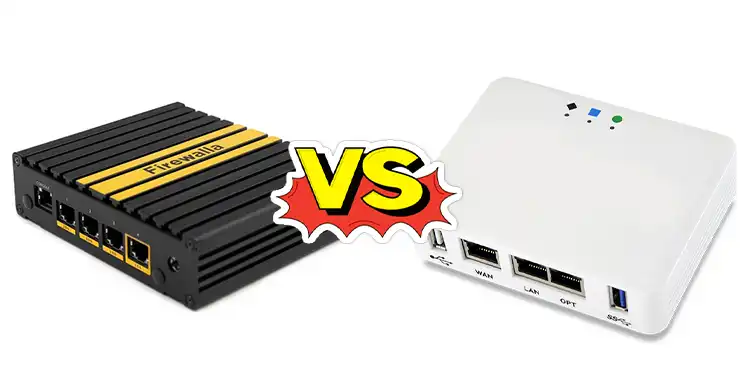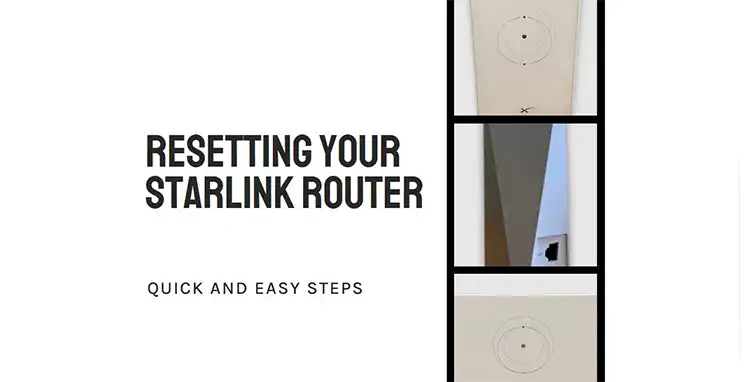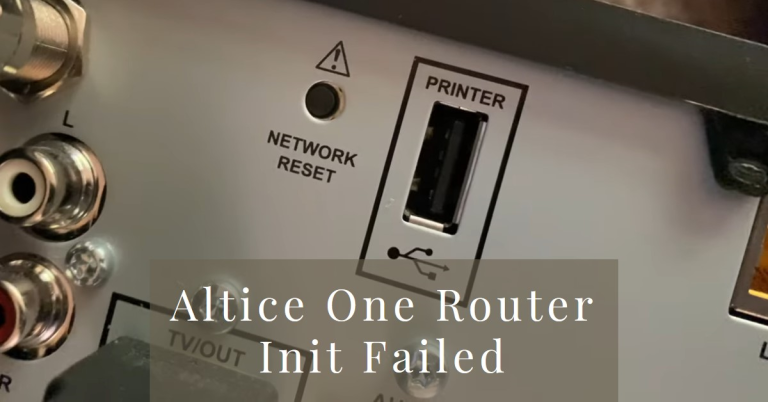USB Vs PCI-E WiFi Network Adapters Explained
When it comes to getting your computer connected to WiFi, you have two main options: USB adapters and PCI-E cards. But which one should you choose?
The debate between USB and PCI-E WiFi adapters has been ongoing, with each option offering its own set of advantages and drawbacks.
While USB adapters are known for their plug-and-play simplicity and portability, PCI-E cards boast superior performance and stability.
In this article, we’ll dive deep into the world of WiFi adapters, comparing USB and PCI-E options to help you make the best choice for your setup.
Whether you’re a casual internet user or a hardcore gamer, understanding the differences between these two types of adapters is crucial for optimizing your online experience.
So, let’s cut through the tech jargon and get to the heart of what really matters when it comes to WiFi connectivity.

USB WiFi Adapters
USB WiFi adapters are compact devices that provide wireless network connectivity through a computer’s USB port. This section examines their advantages, drawbacks, and optimal use cases.
Pros Of USB WiFi Adapters
USB WiFi adapters offer several advantages, making them a popular choice for enhancing your device’s wireless connectivity
Ease of Installation
USB adapters offer straightforward plug-and-play functionality, requiring minimal setup. Most modern operating systems automatically recognize and install necessary drivers.
Portability
Their small form factor makes USB adapters highly portable, ideal for users who frequently change locations or need to connect multiple devices.
Versatility
These adapters can be easily transferred between different computers, providing flexibility for users with multiple systems.
Compatibility
USB adapters are compatible with a wide range of devices, including older computers lacking PCIe slots or laptops with limited internal expansion options.
Cost-Effectiveness
Generally, USB WiFi adapters are more affordable than their PCIe counterparts, making them an economical choice for many users.
Cons Of USB WiFi Adapters
While USB WiFi adapters offer convenience and portability, there are some drawbacks to consider before you buy one:
Performance Limitations
USB adapters may offer lower performance compared to PCIe cards, often constrained by the USB interface’s bandwidth limitations.
Susceptibility to Interference
As external devices, USB adapters can be more vulnerable to electromagnetic interference from nearby electronics or physical obstructions.
USB Port Occupation
Using a USB adapter permanently occupies a USB port, which may be inconvenient for users with limited available ports.
Physical Vulnerability
Their external nature makes USB adapters more susceptible to accidental damage or disconnection.
Thermal Considerations
Some USB adapters may experience thermal issues during extended use, potentially impacting performance or longevity.
USB WiFi Adapters Best Use Cases
USB WiFi adapters are particularly suitable in the following scenarios:
Mobile Computing
Ideal for laptop users who require a portable WiFi solution for various environments.
Temporary Configurations
Well-suited for temporary workstations or short-term projects requiring WiFi connectivity.
Legacy System Upgrades
Effective for adding WiFi capabilities to older systems without internal expansion options.
Light to Moderate Internet Usage
Suitable for users primarily engaged in web browsing, email, and light media streaming.
Budget-Conscious Solutions
Appropriate for situations where cost-effectiveness is a primary consideration in implementing WiFi connectivity.
While USB WiFi adapters have certain limitations, they offer a viable solution in many use cases, particularly where portability, ease of use, and cost-effectiveness are prioritized over maximum performance.
PCI-E WiFi Adapters
PCI-E (Peripheral Component Interconnect Express) WiFi adapters are internal network cards that connect directly to a computer’s motherboard. This section analyzes their advantages, disadvantages, and optimal applications.
Pros Of PCI-E WiFi Adapters
PCI-E WiFi adapters, while not as portable as their USB counterparts, offer significant advantages for desktop users who prioritize performance and features:
Superior Performance
PCI-E adapters typically offer higher data transfer rates and lower latency compared to USB alternatives, due to their direct connection to the motherboard.
Enhanced Signal Strength
Many PCI-E adapters feature external antennas, which can be positioned for optimal signal reception, resulting in improved range and stability.
Reduced Interference
Internal installation minimizes potential interference from other electronic devices, contributing to a more stable connection.
Integration with System
As internal components, PCI-E adapters don’t occupy external ports or add clutter to the workspace.
Advanced Features
PCI-E adapters often support advanced networking features such as MU-MIMO (Multi-User Multiple-Input Multiple-Output) technology and beamforming.
Cons Of PCI-E WiFi Adapters
While PCI-E WiFi adapters offer superior performance and features compared to USB adapters, they come with some limitations:
Installation Complexity
Installing a PCI-E adapter requires opening the computer case and accessing the motherboard, which may be challenging for less technically inclined users.
Limited Portability
Once installed, PCI-E adapters are not easily transferable between different systems, limiting their flexibility.
System Compatibility
PCI-E adapters require an available PCI-E slot on the motherboard, which may not be present in all systems, particularly in compact or older models.
Cost
Generally, PCI-E WiFi adapters are more expensive than their USB counterparts, potentially impacting budget considerations.
Power Consumption
These adapters draw power directly from the motherboard, which may marginally increase overall system power consumption.
PCI-E WiFi Adapters Best Use Cases
PCI-E WiFi adapters are particularly well-suited for the following scenarios:
High-Performance Computing
Ideal for users requiring maximum WiFi performance, such as gamers, video editors, or professionals working with large data transfers.
Stationary Workstations
Optimal for desktop computers or fixed workstations where portability is not a primary concern.
Home Servers or Media Centers
Well-suited for systems that require consistent, high-bandwidth connections for serving media or hosting services.
Overcrowded USB Environments
Beneficial in scenarios where USB ports are at a premium and internal expansion is preferred.
Long-Term Installations
Appropriate for long-term, stable setups where the WiFi adapter is expected to remain in place for extended periods.
PCI-E WiFi adapters offer superior performance and stability, making them an excellent choice for users prioritizing connection quality and speed over portability and ease of installation.
Their robust features make them particularly suitable for demanding networking environments and high-bandwidth applications.
USB Vs PCI-E WiFi Comparison
| Feature | USB WiFi Adapter | PCI-E WiFi Adapter |
| Installation | Plug-and-play, easy to install | Requires opening the computer case, more complex |
| Portability | Highly portable, can be used with multiple devices | Fixed in one device, not portable |
| Signal Strength | Generally lower due to smaller antennas | Generally higher due to larger, external antennas |
| Speed | Typically lower, good for general use | Higher speeds, better for gaming and streaming |
| Cost | Usually cheaper | Generally more expensive |
| Upgradeability | Easier to upgrade, just plug in a new adapter | More difficult, involves hardware installation |
| Power Consumption | Lower power consumption | Higher power consumption |
| Latency | Higher latency, can be an issue for gaming | Lower latency, better performance for gaming |
| Reliability | Can be less reliable, prone to disconnection | More stable and reliable connection |
| Additional Features | Often lacks advanced features like MU-MIMO, Beamforming | Usually includes advanced features like MU-MIMO |
This section provides a detailed analysis of the performance characteristics of USB and PCI-E WiFi adapters, focusing on speed, signal strength, and reliability.
Speed
USB Adapters
USB WiFi adapters’ speeds are primarily constrained by the USB interface. USB 2.0 adapters typically offer theoretical maximum speeds of 480 Mbps, while USB 3.0 adapters can achieve up to 5 Gbps.
However, real-world performance is often significantly lower due to various factors, including interference and protocol overhead.
PCI-E Adapters
PCI-E WiFi adapters generally outperform their USB counterparts in terms of speed. Modern PCI-E x1 slots provide theoretical bandwidth up to 8 Gbps (for PCIe 3.0), allowing for faster data transfer rates.
High-end PCI-E adapters can fully utilize the latest WiFi standards, such as WiFi 6 (802.11ax), potentially achieving multi-gigabit speeds under optimal conditions.
Comparative Analysis
In practical scenarios, PCI-E adapters consistently demonstrate superior speed performance, particularly in high-bandwidth applications such as large file transfers or high-definition video streaming.
Signal Strength
USB Adapters
USB WiFi adapters often feature small, integrated antennas or compact external antennas. While these can provide adequate signal strength for many use cases, they may struggle in environments with significant obstacles or over longer distances.
PCI-E Adapters
PCI-E WiFi adapters frequently come equipped with multiple external antennas, which can be positioned for optimal reception. This design allows for improved signal strength and better performance in challenging environments.
Comparative Analysis
PCI-E adapters generally offer superior signal strength due to their more robust antenna configurations. This advantage becomes particularly evident in scenarios involving longer distances or multiple walls between the adapter and the router.
Reliability
USB Adapters
USB WiFi adapters can be subject to connection instability due to factors such as USB port quality, driver issues, or physical disturbances. Their external nature also makes them more susceptible to accidental disconnection.
PCI-E Adapters
PCI-E WiFi adapters benefit from a direct, stable connection to the motherboard. This integration typically results in more consistent performance and fewer driver-related issues. Their internal placement also protects them from physical disturbances.
Comparative Analysis
PCI-E adapters generally provide more reliable connectivity, especially in long-term use scenarios. They are less prone to disconnections and tend to maintain more stable connections over extended periods.
Installation and Setup
This section details the installation and setup processes for both USB and PCI-E WiFi adapters, highlighting the differences in complexity and requirements.
USB Adapter Installation
- Hardware Connection:
- Identify an available USB port on the computer.
- Insert the USB WiFi adapter into the port.
- Driver Installation:
- Many modern operating systems automatically detect and install basic drivers for USB WiFi adapters.
- For optimal performance, download and install the latest drivers from the manufacturer’s website.
- Software Configuration:
- Access the network settings in the operating system.
- Select the newly detected WiFi adapter.
- Configure the wireless network connection by entering the appropriate SSID and security credentials.
- Verification:
- Confirm successful connection by accessing the internet or local network resources.
- Run a speed test to ensure expected performance levels are achieved.
- Troubleshooting:
- If issues arise, try alternative USB ports or update system software.
- Consult the manufacturer’s support documentation for specific troubleshooting steps.
PCI-E Adapter Installation
- Physical Installation:
- Power down the computer and unplug all cables.
- Open the computer case, adhering to proper electrostatic discharge (ESD) precautions.
- Locate an available PCI-E slot on the motherboard.
- Carefully insert the PCI-E WiFi adapter into the slot, ensuring proper alignment.
- Secure the adapter to the case using the appropriate screw or locking mechanism.
- If applicable, connect any external antennas to the adapter.
- Close the computer case and reconnect all cables.
- Driver Installation:
- Power on the computer and allow the operating system to boot.
- The system may attempt to install generic drivers automatically.
- For optimal performance, download and install the latest drivers from the manufacturer’s website.
- Software Configuration:
- Access the network settings in the operating system.
- Identify the newly installed PCI-E WiFi adapter.
- Configure the wireless network connection by entering the appropriate SSID and security credentials.
- Antenna Positioning (if applicable):
- Position external antennas for optimal signal reception.
- Consider factors such as line of sight to the router and potential sources of interference.
- Verification:
- Confirm successful connection by accessing the internet or local network resources.
- Conduct a speed test to ensure expected performance levels are achieved.
- Troubleshooting:
- If issues persist, verify proper seating of the adapter in the PCI-E slot.
- Check BIOS settings to ensure the PCI-E slot is enabled.
- Consult the motherboard and adapter documentation for compatibility information.
Cost Comparison
Let’s talk about money. When it comes to WiFi adapters, your wallet definitely has a say. Here’s the lowdown on what you can expect to shell out for USB and PCI-E options:
Sticker Shock
- USB Adapters: You’re looking at anywhere from $10 for a basic model to $50 for something fancier. Got champagne taste? High-end models can hit the $100 mark.
- PCI-E Adapters: These start a bit higher, usually $25 to $100. If you want top-of-the-line, be prepared to drop over $200.
Hidden Costs
- USB Adapters: Plug and play, baby. No extra costs here.
- PCI-E Adapters: Not so handy? Professional installation might set you back $50 to $100.
The Long Game
- USB Adapters: These little guys can be fragile. You might end up buying a few over time.
- PCI-E Adapters: Built to last. Your initial investment could save you in the long run.
Bang for Your Buck
- USB Adapters: Perfect for casual users. Why pay more if you’re just checking email?
- PCI-E Adapters: Pricier upfront, but worth it if you’re a heavy user or gamer.
Future-Proofing
- USB Adapters: Easy to upgrade without breaking the bank.
- PCI-E Adapters: Upgrades cost more but pack a serious punch in performance.
Conclusion and Recommendations
So, what’s the verdict? Let’s break it down:
- Casual Surfers: Go for a USB adapter. It’ll do the job without emptying your wallet.
- Gamers and Power Users: PCI-E is your best bet. The extra cost is worth the smooth, lag-free experience.
- Laptop Lovers: Stick with USB. Portability is key, and you can always upgrade later.
- Desktop Devotees: PCI-E all the way. Your stationary setup deserves stable, speedy internet.
- Budget Watchers: USB adapters won’t break the bank and work fine for most everyday tasks.
- Home Server Hosts: PCI-E is the way to go. Your media center needs that rock-solid connection.
Choosing between USB and PCI-E WiFi adapters isn’t just about tech specs – it’s about matching the tool to your needs and budget.
USB adapters are your go-to for simplicity and savings, perfect for casual users and laptop owners. PCI-E adapters, while a bit more complex and costly, deliver the goods for serious users who demand top-notch performance.

